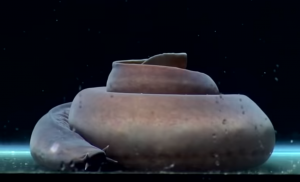
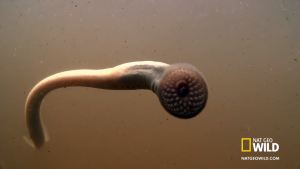
The main reason behind the low diverse of jawless fishes compared to jawed fishes is the origin of jawed fishes (Gnathostomes). On other hand, Jawed fishes are active swimmers and fast-moving animals while Agnathans are bottom-living, and slow-moving creatures. They all are marine organisms. 359 million years ago the Devonian mass extinction happened. So the series of extinctions occurred. Changing sea levels (rising sea level), asteroid impacts, and climate changes were the main reasons behind this Devonian mass extinction. It was highly effected to oceanic living organisms. Shallow sea areas became devoid of oxygen. As mentioned above, jawed fishes are fast-moving active swimmers. They could swim away from shallow seas and emigrate to good habitats. But Agnathans are slow-moving and they exposed to that anoxia conditions rapidly. There was no enough oxygen level to live.
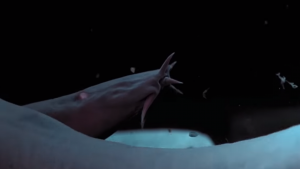
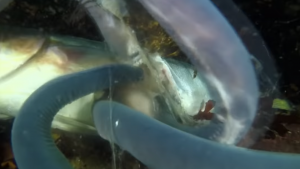
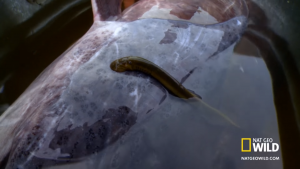
Check this out: Reasons for the success of Sponges (Phylum Porifera)






